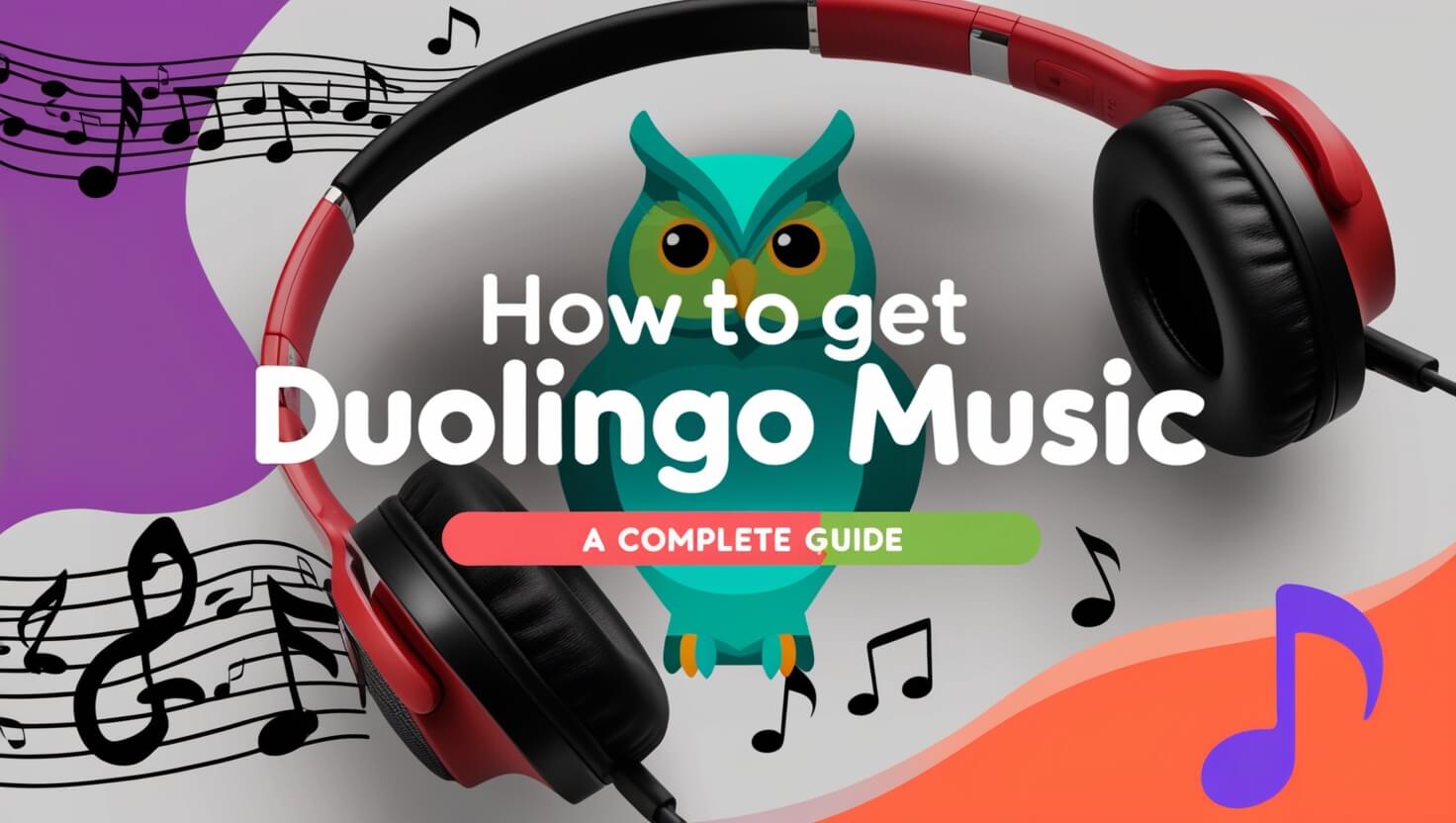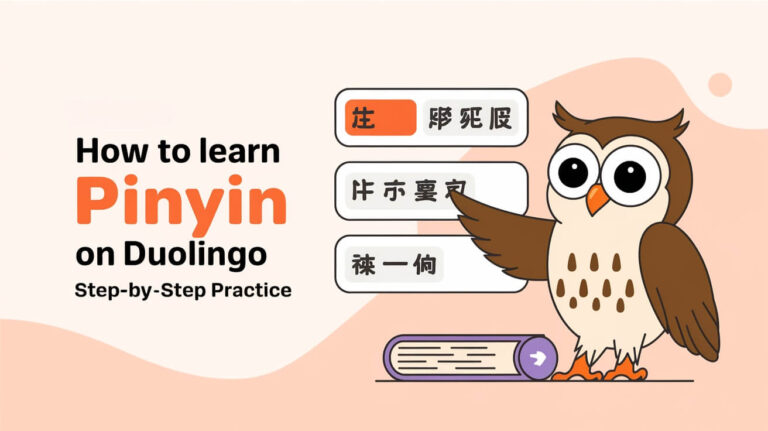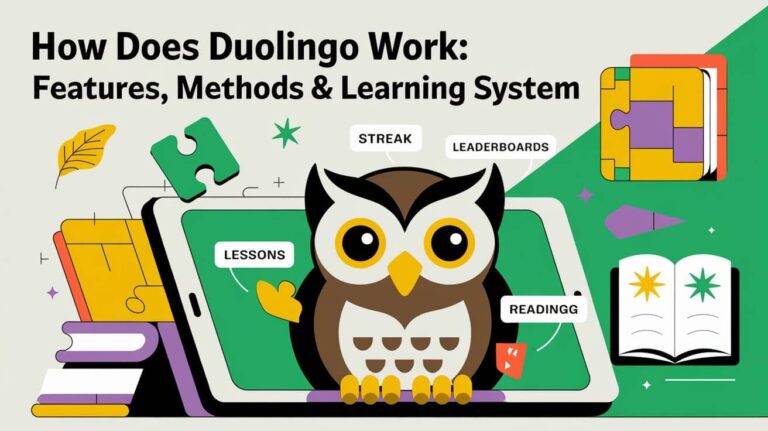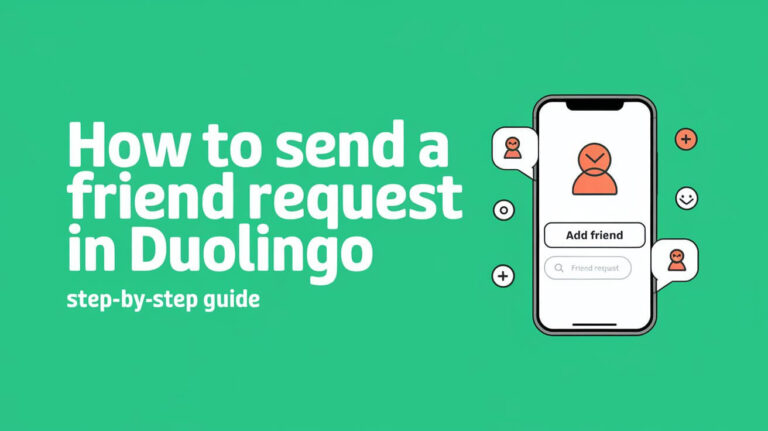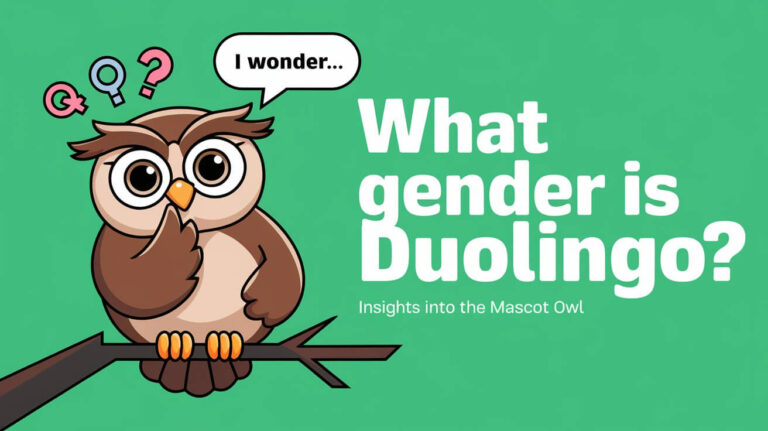Duolingo Music is now available through a waitlist on iOS devices in English and Spanish. This new course from the popular language-learning app brings music education to your fingertips, teaching you to read sheet music and play piano notes – all without needing an actual instrument.
If you’re eager to start your musical journey with Duolingo, you’re in the right place. This guide covers everything from joining the waitlist to making the most of your Duolingo Music experience. Let’s dive in and explore how you can unlock the power of music learning through this innovative app.
What is Duolingo Music?
Duolingo Music is the latest addition to the Duolingo family. It takes the app’s signature bite-sized, gamified learning approach and applies it to music education.
Features of Duolingo Music
The course comes packed with features designed to make learning music fun and accessible:
- Interactive lessons
- Virtual piano keyboard
- Over 200 familiar songs to practice
- Exercises for note recognition and rhythm
Duolingo Music aims to teach you the basics of reading sheet music and playing piano notes. It’s perfect for beginners or those looking to brush up on their music theory skills.
Accessing Duolingo Music
Ready to start your musical adventure? Here’s how to get Duolingo Music on your device.
Steps to Get Duolingo Music
- Check availability: Duolingo Music is currently rolling out gradually.
- Join the waitlist: Open the Duolingo app and look for the music course option.
- Update your app: Make sure you have the latest version of Duolingo installed.
Device and Language Requirements
- iOS only: For now, Duolingo Music is available only on iOS devices running OS 16 or higher.
- Language options: The course is offered in English and Spanish.
If you don’t see the music option yet, don’t worry. Duolingo is expanding access over time, so keep your app updated and check back regularly.
Course Structure and Content
Duolingo Music follows a structured path to guide you through your musical education.
What You’ll Learn in Duolingo Music
The course covers key elements of music literacy:
- Reading sheet music
- Identifying notes on a staff and piano keyboard
- Understanding rhythm and timing
- Playing simple melodies
Progression Through the Course
Duolingo Music is organized into units and levels, similar to the app’s language courses. Here’s what to expect:
- Units: Focus on specific musical concepts
- Levels: Include various exercise types
- Songs: Practice applying what you’ve learned
You’ll start with basics like learning individual notes, then progress to more complex concepts and songs.
Getting Started with Duolingo Music
Once you gain access to Duolingo Music, it’s time to set up your learning journey.
Setting Up Your Duolingo Music Journey
- Create an account: If you’re new to Duolingo, sign up for a free account.
- Navigate to the music section: Look for the piano icon in the course selection menu.
- Customize your experience: Set daily goals and practice reminders.
Tips for Success in Duolingo Music
To make the most of your learning:
- Be consistent: Try to practice a little each day.
- Use headphones: Audio is crucial for note recognition exercises.
- Combine with other methods: Supplement Duolingo with traditional music learning if possible.
Remember, learning music takes time and patience. Celebrate small victories as you progress through the course.
Comparing Duolingo Music to Other Options
How does Duolingo Music stack up against traditional lessons or other apps?
Duolingo Music vs. Traditional Music Lessons
Pros of Duolingo Music:
- Free to use
- Learn at your own pace
- No instrument required to start
Cons:
- Limited to piano basics
- No personalized feedback from an instructor
While Duolingo Music can’t replace one-on-one instruction, it’s an excellent starting point or supplement to traditional lessons.
Duolingo Music and Other Music Learning Apps
Duolingo Music stands out with its gamified approach and integration with the main Duolingo app. However, it’s more limited in scope compared to dedicated music learning apps.
Consider using Duolingo Music alongside other resources for a well-rounded music education.
Maximizing Your Duolingo Music Experience
To get the most out of Duolingo Music, try these strategies:
Integrating Duolingo Music with Instrument Practice
If you have access to a piano or keyboard:
- Apply the notes you learn in Duolingo to the physical instrument
- Practice the rhythms from the app on your own instrument
- Try playing the songs you learn in Duolingo on a real piano
Tracking Progress and Setting Goals
Duolingo offers tools to monitor your advancement:
- Check your daily streak
- Review completed lessons and songs
- Set achievable weekly or monthly goals
Celebrating milestones keeps you motivated on your musical journey.
Troubleshooting
As with any new app feature, you might encounter some hiccups along the way.
Common Issues and Solutions
- App freezing: Try closing and reopening the app
- Lesson not progressing: Ensure your internet connection is stable
- Audio problems: Check your device’s sound settings and permissions
Frequently Asked Questions About Duolingo Music
When will Duolingo Music be available in my country?
Duolingo is gradually expanding availability. Keep your app updated for the latest information.
Will Duolingo add other instruments in the future?
While there are no official announcements, Duolingo may expand to other instruments based on user feedback and demand.
Can I use Duolingo Music offline?
Some features may require an internet connection. Check the app for offline capabilities.
The Impact of Duolingo Music
Duolingo Music is more than just an app feature – it’s a step towards making music education more accessible.
Democratizing Music Education
With over 3.6 million students in the U.S. lacking access to music education, Duolingo Music offers a free alternative to expensive private lessons. It breaks down barriers of cost and accessibility, allowing anyone with a compatible device to start their musical journey.
Success Stories and User Experiences
While Duolingo Music is still new, early users report:
- Improved ability to read sheet music
- Greater confidence in identifying notes
- Increased interest in pursuing further music education
As more people use the app, we expect to see a growing number of success stories and positive impacts on music literacy.
Conclusion
Ready to explore music? Duolingo Music is your ticket. Join the waitlist and keep your app fresh. Once it’s live, jump into the lessons.
Music takes time to learn. Duolingo Music is a fun start, but you’ll need to practice often to get good. It works for new learners and those brushing up their skills.
Check your app now – you might get to join early. Who knows? You could find a new talent or spark an old love for music. Enjoy learning and making music with Duolingo!

